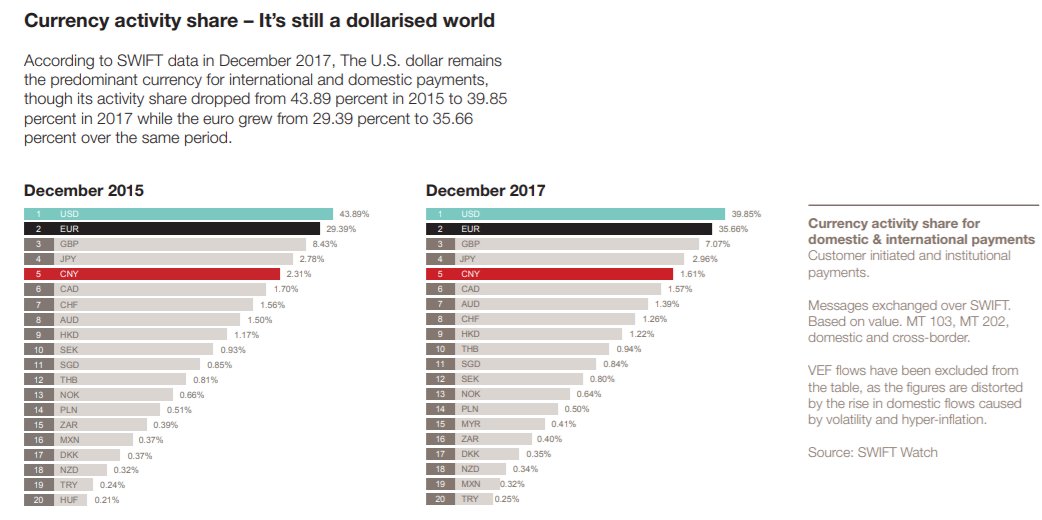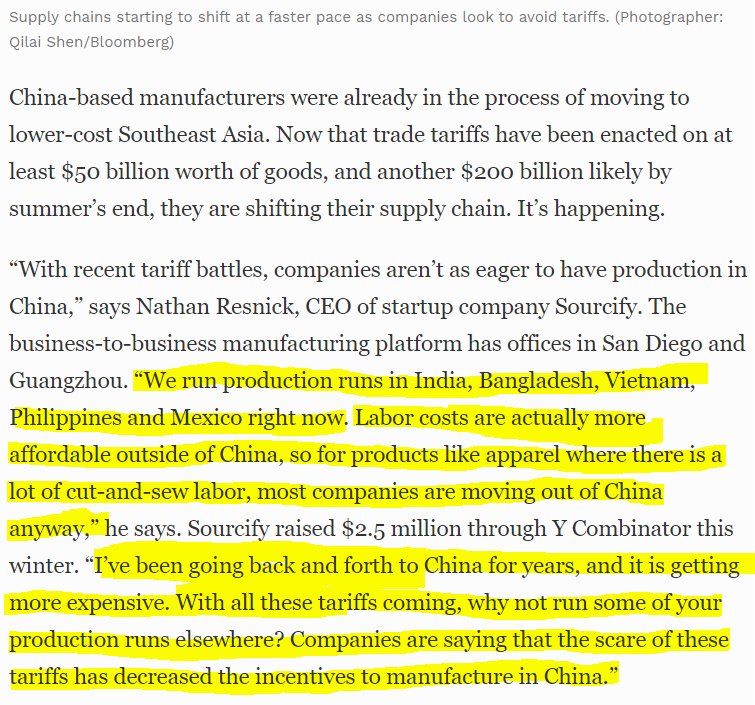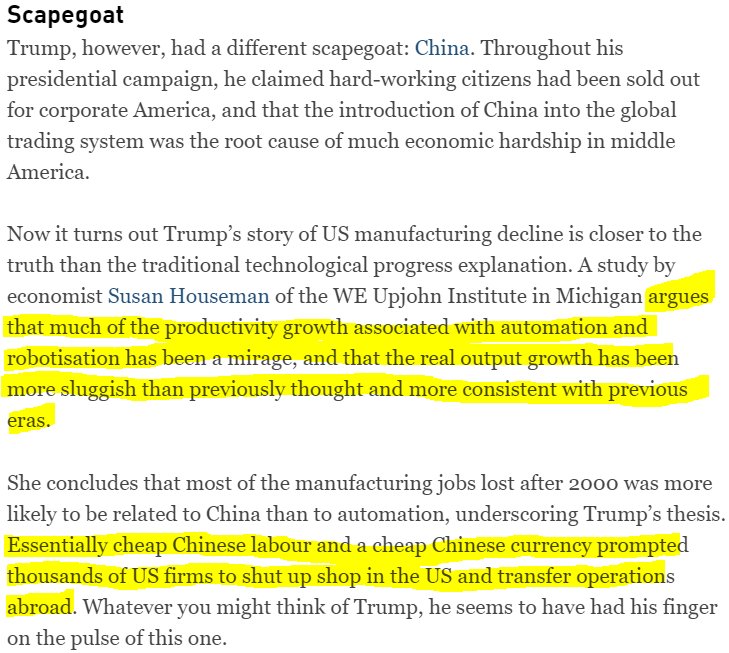the thing to remember is that Germany, like several other European countries, has a long tradition of serialized fiction. In the 19th century the most popular form was the serialized novel sold by colporteurs, or wandering peddlers. 1/
The craze for German dime novels lasted for years. 4/
So from 1905-1914 the German dime novel industry is really healthy. But then comes WW1. 5/
Over the next couple of years they transitioned to publishing magazines with pulp dimensions rather than dime novel dimensions, so by 1921/1922 it's a pulp industry.
10/
The effects were immediate: storylines and characters became more conservative, and authors of questionable politics and loyalties weren't given work. 14/
17/
A lot of the German pulps were this colorful. (They are a hoot). Kabel was just a better writer than most of his peers. 20/
Of course, he lost. The government banned him from writing altogether, and his publisher gave him about a week to write one last issue of the Harald Harst series.
Kabel went out with both middle fingers flying. 22/
In the final Harald Harst issue Harst kills off his long-running arch-enemy, the Kingpin figure, bringing a decade-long storyline to an end. 23/
The exception of Sherlock Holmes aside, these were the days when character deaths were permanent. No revolving door in Heaven.
24/
As I said, big middle fingers to the publisher on his way out door. 25/
The pulp publishers tried the WW1 trick of changing the titles but not the content. It didn't work. 26/
The stories are more imaginative than the Doc Savage stories, but... 29/
Appearing in gleefully pro-eugenics stories. 30/
In the sequel to SUN KOH the non-Aryans of the world are killed off by a new ice age. 31/
In 1939, when WW2 started, the Nazis ordered all the pulps to become ideologically "correct." Titles were changed, heroes were renamed so they now had German names, and the content became stridently pro-Nazi. 32/
That lasted until 1942, when the Germans cancelled almost all of the pulps. 33/
34/
Thanks for reading! Gotta dash--must prep for class.
35/35












